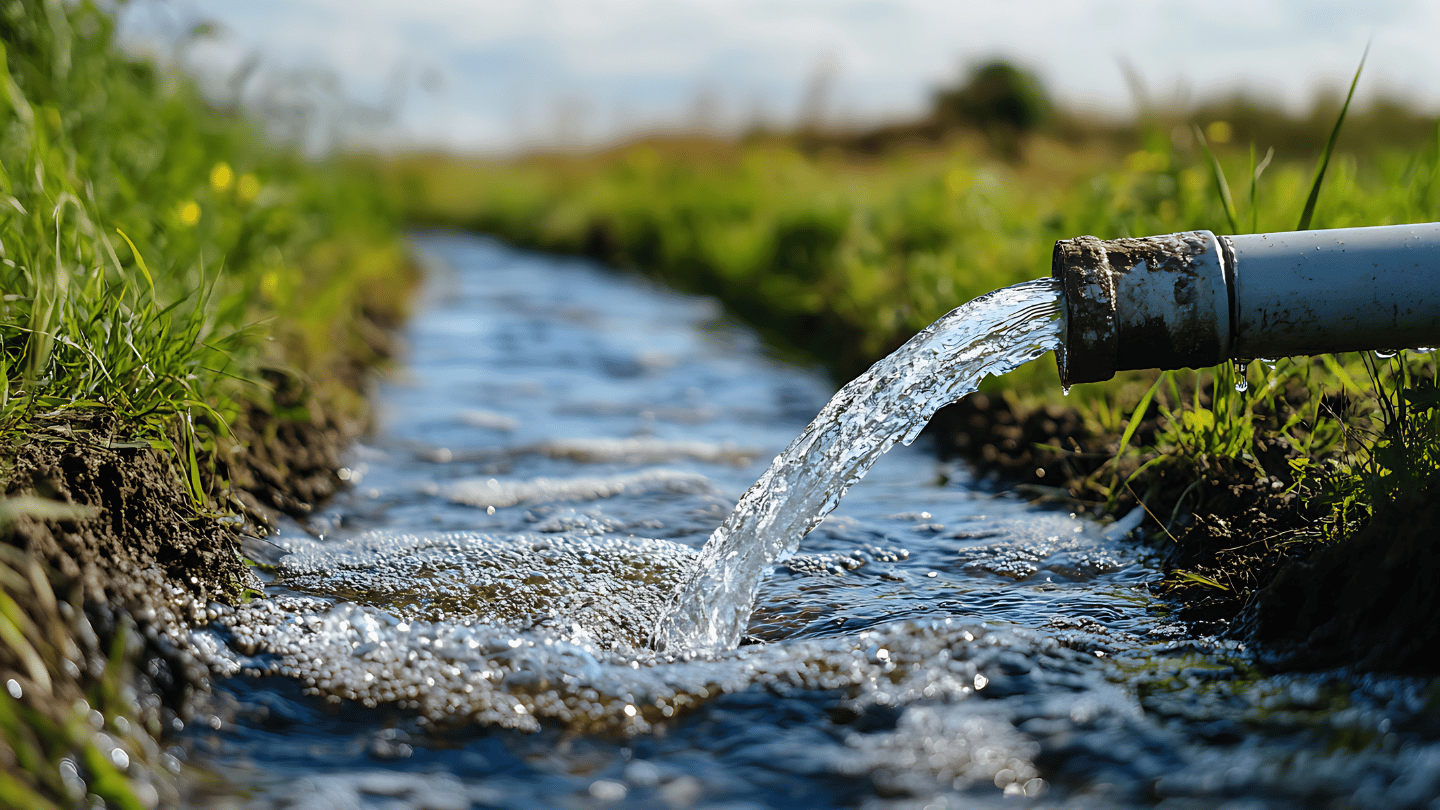You're scrolling through Instagram at midnight, half-asleep, when you stumble on a photo of some gorgeous koi pond surrounded by stone and dripping waterfalls. You save it. You dream about it. Then reality hits: you've got a quarter-acre in Arcadia, a mulch budget that's already tight, and honestly? You have no idea if that pond would turn into a mosquito swamp by July.
Here's what we've learned after years of walking through LA's public gardens and actually paying attention: the best design ideas aren't always the fanciest ones. They're the ones that work in our climate and stay beautiful without becoming a second job.
We spend a lot of time studying how the big institutions do it. The Huntington's Japanese gardens, the Getty Villa's formal pools, Echo Park Lake with its massive lotus beds—these aren't just beautiful to photograph. They're teaching us something real about edge treatments, plant choices, and what you can actually maintain at home. The difference between a water feature that thrives and one that turns into a headache usually comes down to three things that most homeowners miss.
First, there's the edge question. Walk around Descanso Gardens and you'll notice something: their informal ponds use plants like rushes and sedges that blend right into the surrounding landscape. Compare that to the Getty Villa's crisp stone borders and geometric basins, and you're looking at two completely different maintenance worlds. The soft edge is lower-maintenance because you're working with nature—things naturally want to grow there. The formal edge? It demands discipline. Stone needs cleaning. Lines need staying sharp. Neither is wrong, but one person we worked with last year thought they wanted that pristine Getty Villa look in their Pasadena yard. Six months in, they admitted they'd rather have planted sedges and a quieter aesthetic. Know yourself before you choose.
Second, think about what's hidden. The Getty Center's Central Garden is a masterclass in this. Those streams and waterfalls look effortless, but behind the scenes? There are concealed filtration channels and stone work that keeps the whole system running quietly in the background. Your equipment—pumps, filters, skimmers—they don't need to be ugly, but they do need to be accessible. This is where so many DIY attempts fall apart. You bury a pump under three feet of landscaping because it looks better, then it fails in August and now you've got to tear everything up. Not fun. We usually tuck equipment behind a planted screen or slightly elevated berm. Still hidden, but reachable when something needs servicing.
Third is plant selection, and this is where LA's climate actually gives you an advantage. The Mediterranean choices at the Getty Villa—lavender, rosemary, olive trees around the water—they're not just pretty. They're survival plants. They want to be in a warm, dry climate. Same with the native plantings at Franklin Canyon or Descanso's mix of seasonal color and water-wise design. You don't need to fight Southern California weather. You need to work with it. A wildlife-friendly pond at the LA County Arboretum shows what we mean: marginal plants like pickerel rush and native sedges attract birds and insects naturally, and they thrive here because they're designed for here. That's different from trying to force some fussy Eastern shade plant into your backyard.
Here's a real scenario we see all the time: someone falls in love with a large reflecting pool like the ones at the formal gardens downtown. They imagine a 20-by-30-foot mirror of water. Then we start talking about evaporation in LA's heat, the algae that blooms in summer sun, the filters you'd actually need to keep that crystal-clear. Suddenly a 12-by-16-foot pond with better shade and a compact circulation system looks a lot smarter. It still gives you that peaceful water view. It just doesn't drain your wallet every summer.
The truth is, most homeowners don't need the Huntington's scale or Echo Park's ambition. A small fountain in the shade of a patio tree, a modest koi pond tucked into a corner with some rock work and marginal plantings, even a pondless waterfall that cycles water back on itself—these deliver real benefits without the commitment. They cool your yard. They give you a focal point. They create habitat for birds and insects. And they're actually maintainable.
Take time to visit these public spaces. Bring a notebook. Notice what catches your eye and what feels like maintenance hell. Pay attention to the edges, the plants, the way water moves. Then be honest about what you actually want to spend time on. That's the real design process. Not Instagram, not what your neighbor has, but what will make you happy to step outside on a Saturday morning. We can help you build that, whatever it looks like.


.png)


.jpg)





.jpg)